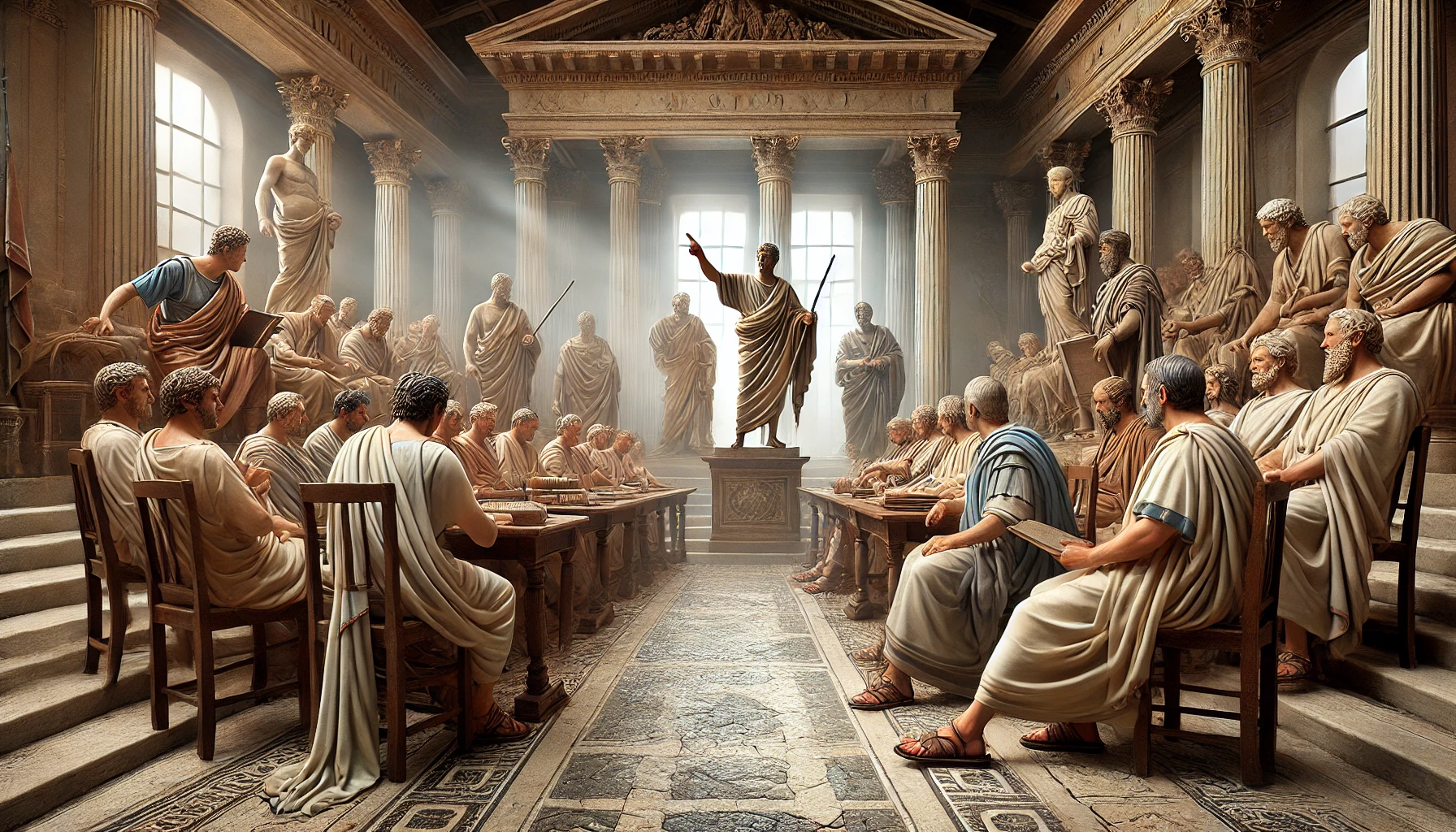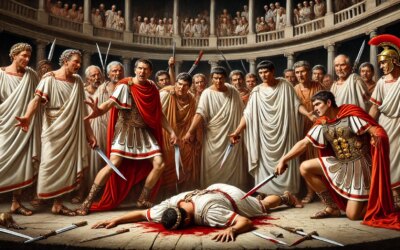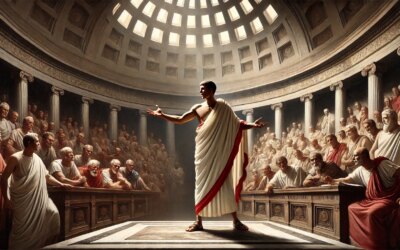Introduction: The Tribune Who Shook the Republic
In 133 BC, a young Roman tribune named Tiberius Sempronius Gracchus stood before the Plebeian Assembly with a proposal that would reverberate through Roman history. His plan to redistribute public land to the poor directly challenged the authority of the Senate and the entrenched power of the Roman elite. What began as a legislative initiative would end in political violence—and spark a century of civil unrest that would ultimately bring down the Roman Republic.
The Problem of Land and the Decline of the Small Farmer
By the 2nd century BC, Rome’s expansion had created a new crisis at home. Wealthy elites had appropriated vast tracts of ager publicus—public land—displacing smallholders and veterans. These lands were often worked by enslaved labor, worsening rural poverty and unemployment. Tiberius, from a distinguished patrician-plebeian family, saw in this crisis an opportunity to revive the Republic’s original agrarian values and rescue the free citizen farmer.
The Lex Sempronia Agraria
Gracchus’s proposal—the Lex Sempronia Agraria—sought to enforce existing limits on public land ownership and redistribute excess land to landless citizens. Though not entirely novel, the scale and urgency of his reform were unprecedented. He bypassed the Senate and took his bill directly to the Plebeian Assembly, a legally permissible but politically incendiary move. The Senate, seeing its interests threatened, mounted a fierce opposition.
Popular Support and Political Innovation
Gracchus mobilized the urban and rural poor, using rhetoric that appealed to Roman values of equality, freedom, and civic duty. He introduced a commission to oversee land redistribution and funded it from the bequest of Attalus III of Pergamum, whose kingdom had recently passed to Rome. These moves infuriated the Senate, which viewed his actions as populist demagoguery and a breach of constitutional norms.
The Breaking Point: A Tribune Removed
When another tribune, Marcus Octavius, vetoed the reform, Gracchus led an extraordinary vote to depose him—something never before attempted in Roman history. Though effective, this escalation shocked even some allies and set a dangerous precedent: the tribunate, once sacred, could now be politicized and overruled. The struggle for land had become a struggle for the soul of the Republic.
Violence in the Forum
In 133 BC, as Tiberius Gracchus sought re-election to the tribunate—an effort perceived as an attempt to cling to power—opponents in the Senate acted decisively. Led by the pontifex maximus Scipio Nasica, a mob of senators and their followers armed with clubs stormed the assembly. In the ensuing chaos, Tiberius and dozens of his supporters were beaten to death. It was the first political murder in the Republic since its founding.
The Legacy of Tiberius Gracchus
Tiberius’s death marked a point of no return. His brother Gaius would later take up the cause with even more radical proposals, only to meet a similar fate. The Gracchi became martyrs for the plebeian cause and symbols of both hope and warning. Their fate exposed the Republic’s inability to mediate social change through peaceful political channels, paving the way for generals and demagogues to dominate Roman politics through violence.
Conclusion: Reform, Resistance, and Revolution
The year 133 BC was not merely a turning point—it was a rupture. Tiberius Gracchus’s agrarian reform sought to restore the Republic’s ideals, but instead revealed its fragility. His bold vision and tragic end forced Rome to confront its contradictions—between liberty and privilege, tradition and reform. In the shadow of the Forum, where his blood was spilled, the Republic’s destiny veered toward empire.






